Earwigs often congregate outdoors in large numbers, often under piles of lawn debris or mulch or in tree holes. This behavior is believed to be caused by a pheromone that attracts them together in large groups.
Homeowners can eliminate earwig harborage sites by moving objects such as leaf piles, ivy and mulch away from their homes. Furthermore, they should seal cracks and crevices around their house to stop earwigs from getting inside.
Vacuuming
Earwig infestations can be controlled with vacuuming, setting traps and clearing away debris. However, full control will only come about if the conditions that encourage their presence are addressed.
Earwigs are attracted to cool, damp areas where food and water are available, according to NJ pest control specialists at Viking Pest. According to these professionals, earwigs typically invade homes and businesses during periods of wet weather.
Maintaining mulch, dead leaves and vegetation away from the foundation of your home and business will reduce earwig access to both. Furthermore, trimming back trees and shrubs near the foundation may discourage them from seeking out overly shady or damp places to hide in.
Vacuuming your house and yard regularly can help limit the food sources that attract earwigs, especially in dark, moist spots. Additionally, vacuuming up any earwigs that have made their way inside may help eliminate them from your residence.
Insecticides
Earwigs can be an eye-sore, damaging your garden and flowers. These pests feed on decaying organic matter like leaves, fruits, seeds and vegetables to feed on.
Fortunately, they can be controlled with a few straightforward pesticides and traps. Just remember to always follow the label instructions for any chemical used!
Keep children and pets away from treated areas, as they are especially sensitive to pesticides and may become poisoned by them.
Use a product that can be evenly sprayed or sprinkled across the area where earwigs may hide. A suitable spray or powder should be resistant to moisture and have a low toxicity level, allowing it to be applied indoors as well as outdoors.
Are you struggling with earwig problems in your home or garden? Contact Terminix for an evaluation of your issues. Our team is highly trained and experienced in earwig extermination, so we will collaborate with you to find a lasting solution that eliminates them once and for all!
Bait Traps
Earwigs are an outdoor pest that tends to congregate in damp, cool places. They can often be hidden under piles of mulch, lawn debris and rock crevices.
Cockroaches will also enter homes if they can make their way through cracks in walls or foundations, especially during the wintertime when they tend to congregate around foundations and other secluded places like basements.
Homeowners can take steps to prevent earwigs from entering their homes by eliminating sources of moisture, such as wood piles and mulch. Caulk any outside cracks or gaps with caulk, expandable foam or screen.
Additionally, homeowners can apply a residual product to the exterior of their home that kills earwigs after they enter. For instance, TERRO(r) Multi-Purpose Insect Bait can be applied along the perimeter and around baseboards for maximum effectiveness.
Birds
Earwigs are omnivorous garden pests that feed on a variety of vegetable and ornamental plants, such as corn silk, dahlias, marigolds, butterfly bushes, roses and hollyhocks. They chew irregular holes in leaves and flower petals, tunnel into buds and consume seedlings.
They’re nocturnal insects that hide during the day and come out at night to feed. Generally speaking, they’re active from late June through October.
Earwigs are not poisonous or spread disease like some insect pests, though they may pinch people if they feel threatened; however, this pinch usually has no lasting effects.
Earwigs can easily hide and feed in your garden if left unchecked. To prevent them from taking over, eliminate harborage sites like piles of mulch or leaf litter, as well as clear away all excess debris around your yard. Furthermore, ensure that gutters and downspouts aren’t dripping with moisture as earwigs thrive under moist conditions.
